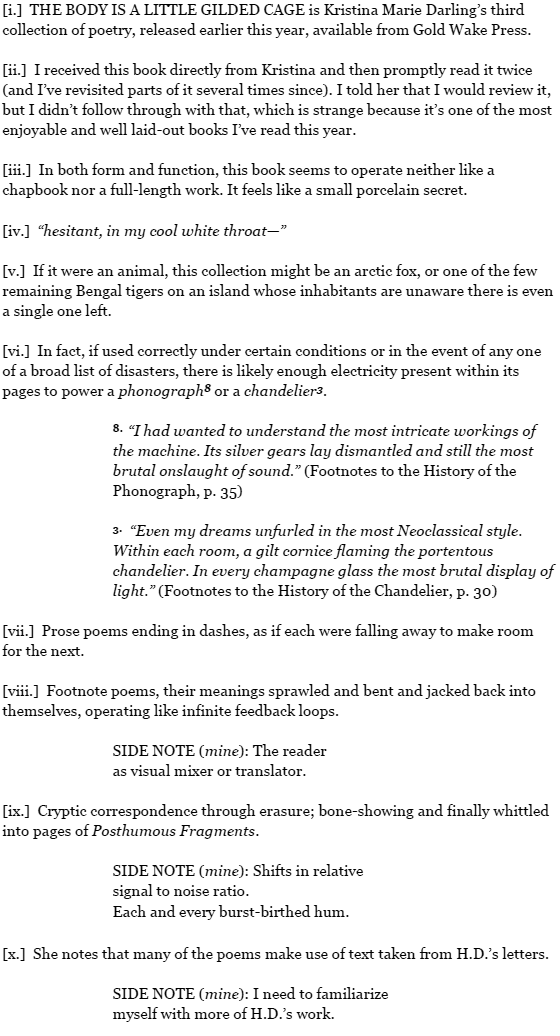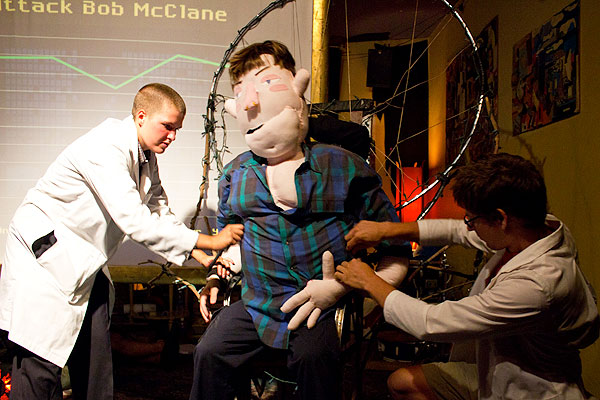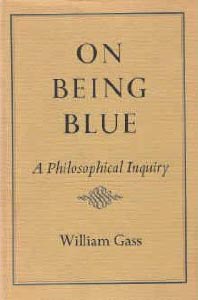Is there anything journalists love writing about more than the death of the publishing industry? Every few weeks there is a new surge of articles and essays pointing at the sky, suggesting said sky is falling, even though nothing ever seems to reach the ground. Magazines are going all digital, they say! Print is dying! Print must be dying so we cannot look for fallibility anywhere else. In recent weeks, there has been a lot of talk about the merger between Penguin and Random House. Two massive publishers will become even more massive.
Today, The New York Times, published yet another article, predicated on the assumption that publishing is declining. As I’ve asked here before, has any industry functioned in decline as long as publishing? Medical doctors should be studying publishing because, clearly, the key to immortality therein lies.
Perhaps it isn’t that publishing is dying but, instead, publishing is being killed. At the popular Brain Pickings, Maria Popova wrote a footnote to a post about Jane Mount, an artist who creates portraits of writers based on their ideal bookshelves. The Ideal Bookshelf featuring Mount’s art and essays by each featured writer, was released today from Little Brown. It’s an interesting idea, beautiful art, and offers us the insight we seem to crave into how the minds of great writers work.


 I hope Justin Sirois gets back to work soon. He’s written five installments of a really fun serial novel called
I hope Justin Sirois gets back to work soon. He’s written five installments of a really fun serial novel called 




 On Being Blue: A Philosophical Inquiry
On Being Blue: A Philosophical Inquiry